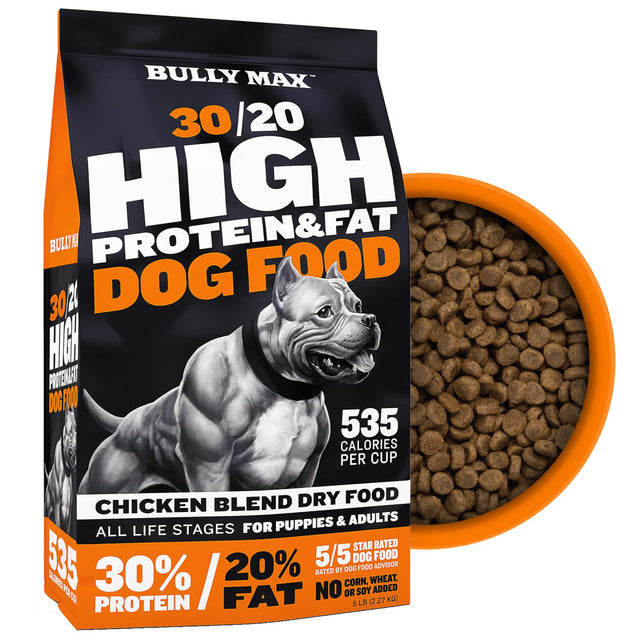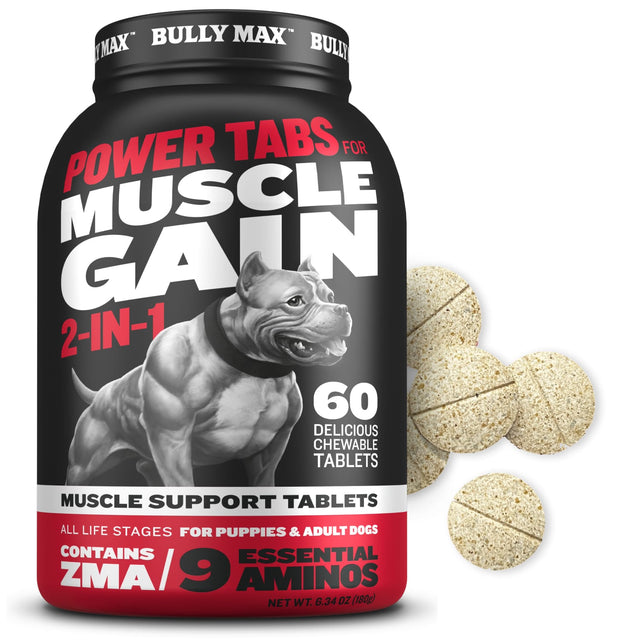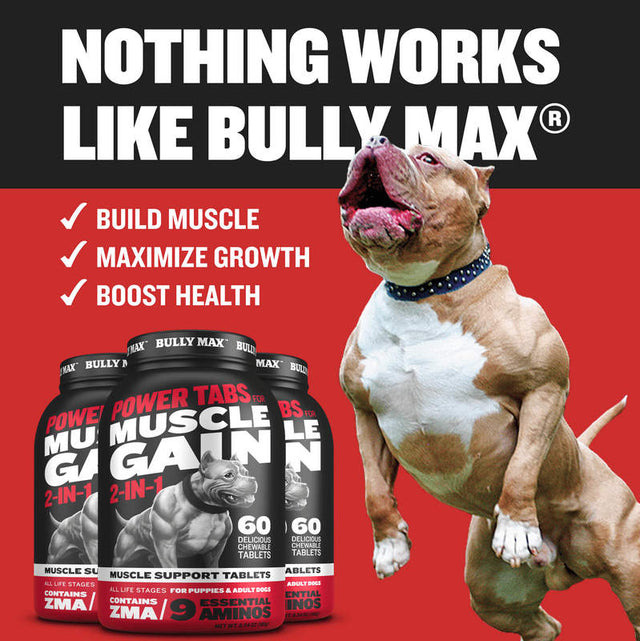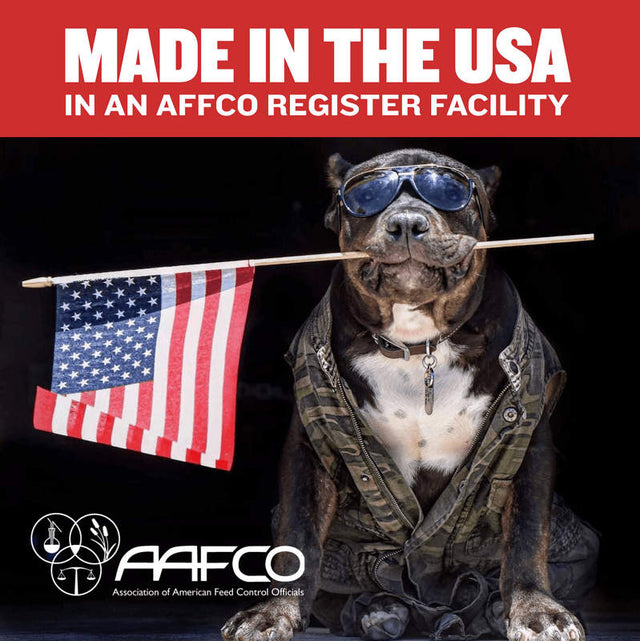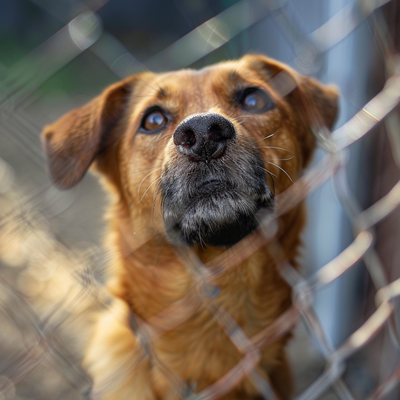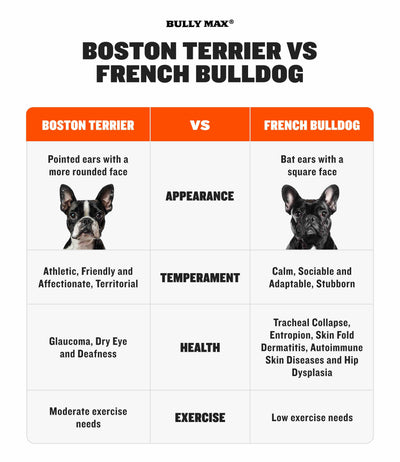How to Count Calories for Your Dog
If you’ve ever been on a diet (and who hasn’t?), then you’ve experienced the joy that is calorie counting. But what you may not have done is counted calories for your dog.
Believe it or not, though, counting calories for your dog is critical!
According to a 2017 survey conducted by the Association for Pet Obesity Prevention, over 55% of dogs in the U.S. are either overweight or obese. And the health ramifications of carrying around too many pounds are clear: being overweight can lead to all kinds of problems, including…
- Diabetes
- Kidney disease
- High blood pressure
- Cancer
- Arthritis
But you can reduce your dog’s risk for all these conditions by helping them to reach and maintain a healthy weight—and the best way to do that is to use calorie counting to make sure they’re eating the proper amount of food each day.
The Good News About Counting Calories For Your Dog
For millions of people around the world, losing weight is HARD. Whether you’ve tried the Atkins Diet, the Keto Diet, the Mediterranean Diet, Weight Watchers, Jenny Craig, or any of the hundreds of diets out there—you know that sticking to a diet isn’t easy.
Fortunately, it’s a lot easier to help your dog lose weight than it is to do it yourself.
There are a few reasons for this, but the main one boils down to willpower. As a person, you can make your way to the fridge anytime you want. This makes it easy to derail your diet by grabbing a snack when you shouldn’t be! Luckily, your dog can only eat when you feed them. Which means that once you determine how much they should be eating, you can feed them the correct amount and trust that they aren’t sneaking in late-night trips to the ice cream drawer.
The other convenient thing about counting calories for your dog? The fact that your dog eats the same food for every meal. Calorie counting for humans can get tricky when you need to figure out the calories in a hot dog versus a piece of pizza. But with your dog, all you need to do is find the calorie information from their bag of food and figure out how many cups of food that translates to. Then, simply feed them that amount each day at mealtime.
First, Find Your Dog’s Ideal Weight Range
The first thing we recommend you do is get an idea of how many calories your dog needs. The Association for Pet Obesity Prevention has a handy chart to help you determine the ideal weight range for your dog. If you have a German Shepherd, for example, this chart reveals that based on its breed, your dog should probably weigh approximately 75-95 pounds.
Another helpful tool is the World Small Animal Veterinary Association Body Condition Score for Dogs. This visual guide can help you determine if your dog is overweight, underweight, or at a healthy weight.
And if your dog is a pitbull, check out our guide to average pitbull weight, height, and size.
Granted, this is all fairly generic information. But you can make adjustments based on your unique dog. Consider questions like this:
- How much exercise does your dog get? If they’re very active, they’ll need more calories.
- How old is your dog? Puppies need more calories to fuel their growing bodies, while older dogs may need less.
- How is your dog’s weight right now? If your dog is already overweight, you’ll want to reduce their calories slightly to induce gradual weight loss.
Measure Your Dog’s Food for Every Meal
If you’re one of those people who just fills your dog’s bowl at mealtime, it’s time to stop that behavior. Counting calories meals you’ll need to determine exactly how many cups of food your dog needs to reach and maintain their ideal weight—and that means using a measuring cup when feeding them.
There’s no universal recommendation for how many cups of food to give your dog, because some foods are more calorie-dense than others. (Our Bully Max 30/20 Dog Food, for instance, is more calorie-dense—which means you can feed less food.) So use the nutrition information on your dog food’s bag to determine the proper serving size for your dog.
Make Adjustments as Necessary
If you initial attempts at calorie counting for your dog don’t work out the way you planned, don’t worry. It’s not uncommon for dog owners to need a few weeks to tweak and optimize their dog’s diet until they find the right serving size.
If your dog’s weight isn’t moving in the right direction after a week or two, try decreasing their calorie count by a small amount (say 2-3%). Don’t overdo it and reduce their food too much. It’s always better to induce slow and steady weight loss.
Remember to Exercise
Diet is important, but so is getting plenty of activity and exercise! You should be taking your dog for regular walks, and letting them let loose and play from time to time. Another great form of exercise is using a flirt pole for dogs to help build lean muscle that can increase their metabolism and help them stay at a healthier weight.
Last But Not Least
Remember to consult your veterinarian if you have any questions. They can always do a better job of assessing your individual dog’s needs. And if you need help with weight management, consider giving our Lamb 25/11 Dog Food a try!
